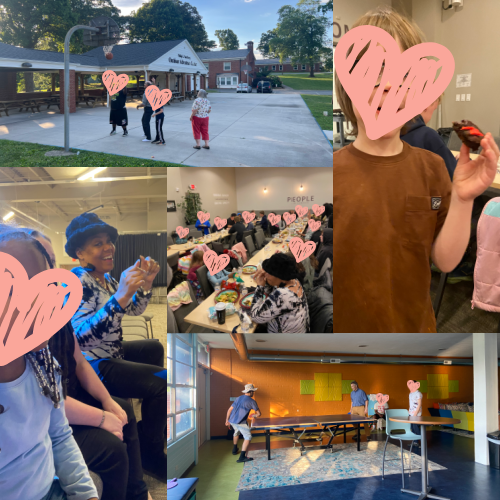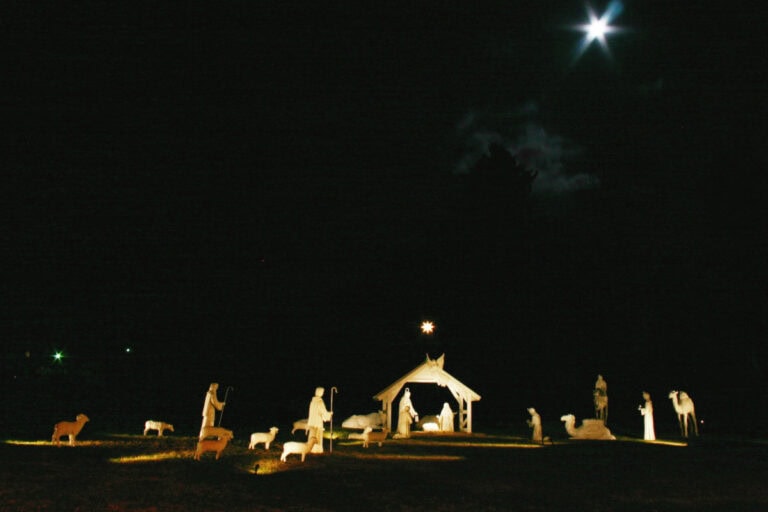At the start of my time in my role at Crossnore, I was told that a big part of the job was to help encourage cottages to find a host church. A host church being a congregation they worshiped with as often as able; a group of people to help provide love and support to the kids and staff. The task felt beautiful and daunting; it felt like I was tasked with playing matchmaker and I was worried about what might happen.
What happened is beautiful relationships have formed with our students and our staff and amazing local congregations. What has happened is communities of support have banned together to help us love our kids and staff so very well.
Support from Local Churches
Just this week I was met with not one but two emails from a local church asking how they can support our cottage staff specifically. They know that the job of a cottage parent is so important and so demanding and they want to be the church, to love the people. So they are offering sweet treats and prayers of support and notes of encouragement.
The Impact of Host Churches
Host churches continue to just do what they do best—to love on others. I have been so profoundly impacted by our host churches in my work and in my life. I have witnessed true joy and support as children have been baptized among their church body or as cottages have baked breakfast casseroles provided by a local church on a weekend morning.

Members of our host churches have shown up on campus to help spring clean the chapel and to celebrate the moving on to a foster home of a student they have loved so well. They have delivered meals and offered prayers. They help us to remind our students that they are deeply loved and valued (and when they need to take their hats off or wipe their shoes before coming in on a wet day).
Overcoming Initial Doubts
The role of the host church felt so big and so daunting when I started. How do you even ask a whole body of people to step in and love this collection of people AND how do you tell a cottage where they should be on a Sunday morning? Yet the host church connections have been powerful and steadfast. The thing that felt the biggest and scariest has become one of the most breathtakingly beautiful parts of this work. A constant reminder that none of us are alone in our work, in the world, and that simple gestures of love and support really are transformative.
More Than Just a Congregation
Today if you asked me what a host church is, I would tell you they are much more than congregations that our cottages attend on a mostly regular basis, but that they are groups of people doing life alongside our students and our staff so beautifully. The good, the bad, and the ugly.
A Deep Appreciation
I wish there was a way to echo my thanks and appreciation to our host churches in some grand manner. Yet I know deep down in my heart that the appreciation they deserve comes in the steady showing up of cottages and the leaning in of students and staff to these communities that have become a part of their own lives and worlds. That is powerful.



